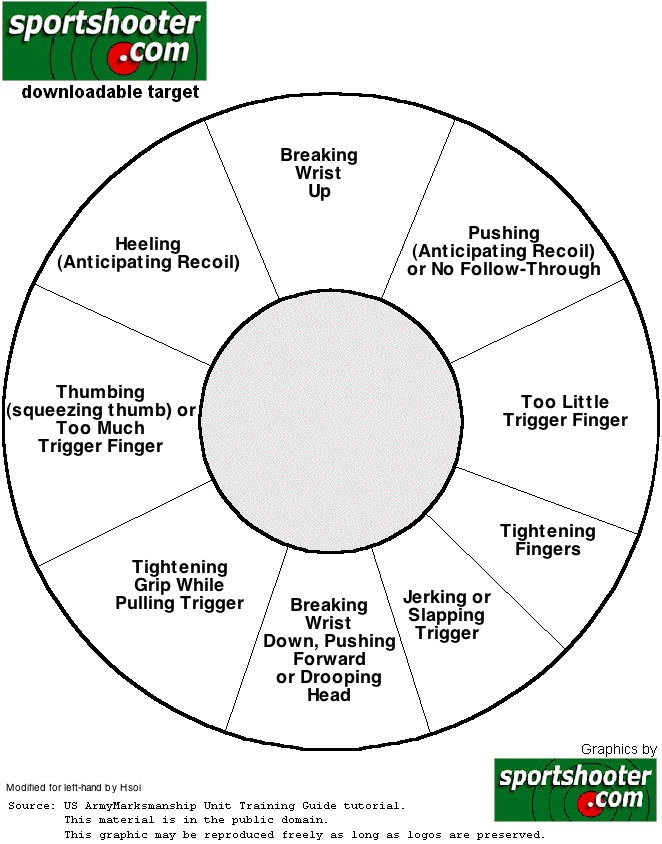I took my new Glock 42 to the range for the first time. Used three different brands of ammo and both supplied magazines. Had two FTE's. (one each from two different ammo brands) Not happy with that but I think I may have had a very weak grip on at least one of the shots. I have read about some of the early problems of the G-42 but a study of my gun's serial number and test fire "born on date" plus visual inspection of the gun itself leave me to concluded that this is an "improved version". I would, of course, prefer 100% functionality but I am not too upset about yesterday's performance. I should note that accuracy was excellent at 30 feet with all bullets grouping well slightly to the left of center.
So I have a couple of questions:
FIRST - Is limp wristing something that has been studied and proved by scientific method or is it supported only by anecdotal evidence, or in other words - stories from experience? What is your take on it?
SECOND - What would you make of my gun's performance on its first outing? Any reason for concern or do Glocks require a certain "break in" period? That is something else that I have never been sure of. I have never read literature that came with a new gun talking about a "break in" period. I have seen quoted here and elsewhere that 500 rounds is an appropriate number of rounds to break in a pistol. What do you think?
THIRD - Usually when I shoot a handgun accuracy may vary. The Glock, FN 5.7, and P-238 are among the best. (in that order) But with all of them my shots are to the left of bulls eye. Can anybody venture a theory as to why?
I have asked a lot of questions. I would be pleased if the experienced shooters among you would even venture to answer one. I really do appreciate it. You have my thanks in advance.
So I have a couple of questions:
FIRST - Is limp wristing something that has been studied and proved by scientific method or is it supported only by anecdotal evidence, or in other words - stories from experience? What is your take on it?
SECOND - What would you make of my gun's performance on its first outing? Any reason for concern or do Glocks require a certain "break in" period? That is something else that I have never been sure of. I have never read literature that came with a new gun talking about a "break in" period. I have seen quoted here and elsewhere that 500 rounds is an appropriate number of rounds to break in a pistol. What do you think?
THIRD - Usually when I shoot a handgun accuracy may vary. The Glock, FN 5.7, and P-238 are among the best. (in that order) But with all of them my shots are to the left of bulls eye. Can anybody venture a theory as to why?
I have asked a lot of questions. I would be pleased if the experienced shooters among you would even venture to answer one. I really do appreciate it. You have my thanks in advance.








